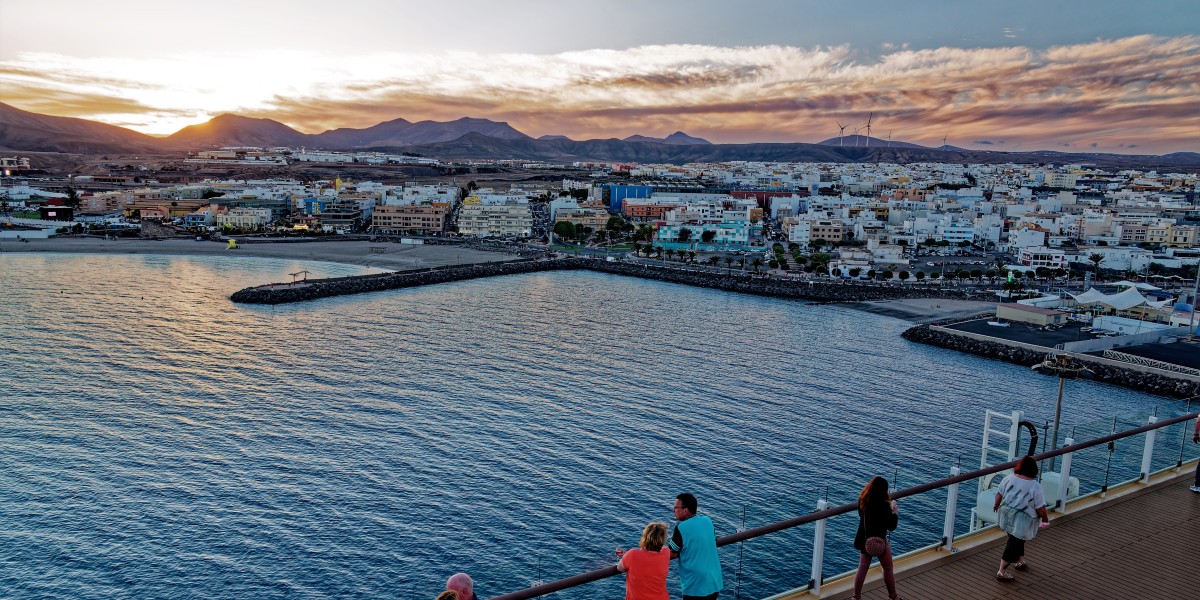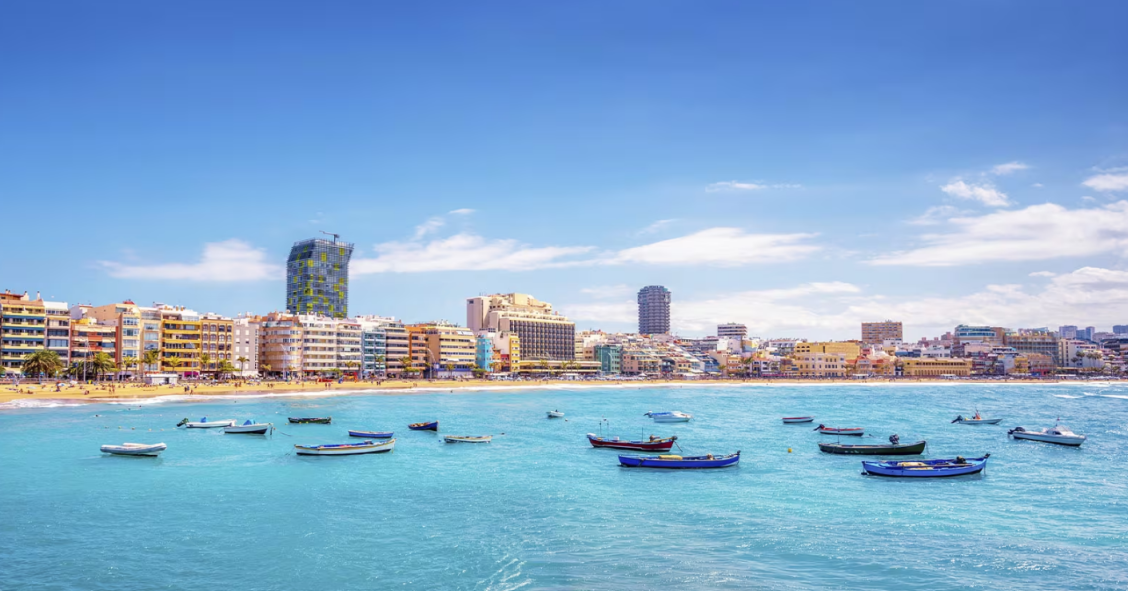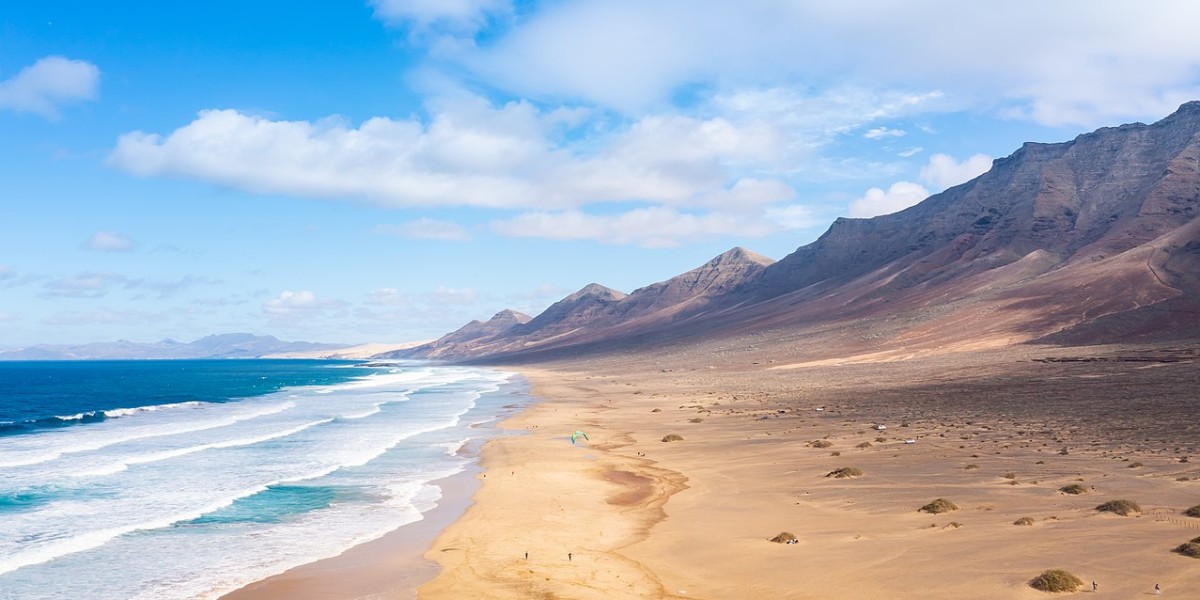
Jandía Natural Park is one of the most iconic natural spaces in the Canary Islands, situated at the southern tip of Fuerteventura.
Declared a natural park in 1987, it features a striking desert landscape and boasts a rich and unique biodiversity. Discover everything you need to know about Jandía Nature Reserve.
What to see in Jandía Nature Reserve
If you’re planning a visit to the Jandía Nature Reserve, you’ll want to know that it offers a variety of natural attractions that truly capture the essence of Fuerteventura. Here’s what you shouldn’t miss.
- Desert landscapes: The Jandía Peninsula is known for its vast desert landscapes with panoramic views.
- Cofete Beach: One of the most iconic beaches in the park, it is famous for its wild beauty and endless stretch of sand.
- Pico de la Zarza: This is the highest point in Fuerteventura, offering unrivalled views of the park and the Atlantic Ocean.
- Flora and fauna: The park serves as a refuge for numerous endemic species, including several protected bird species.
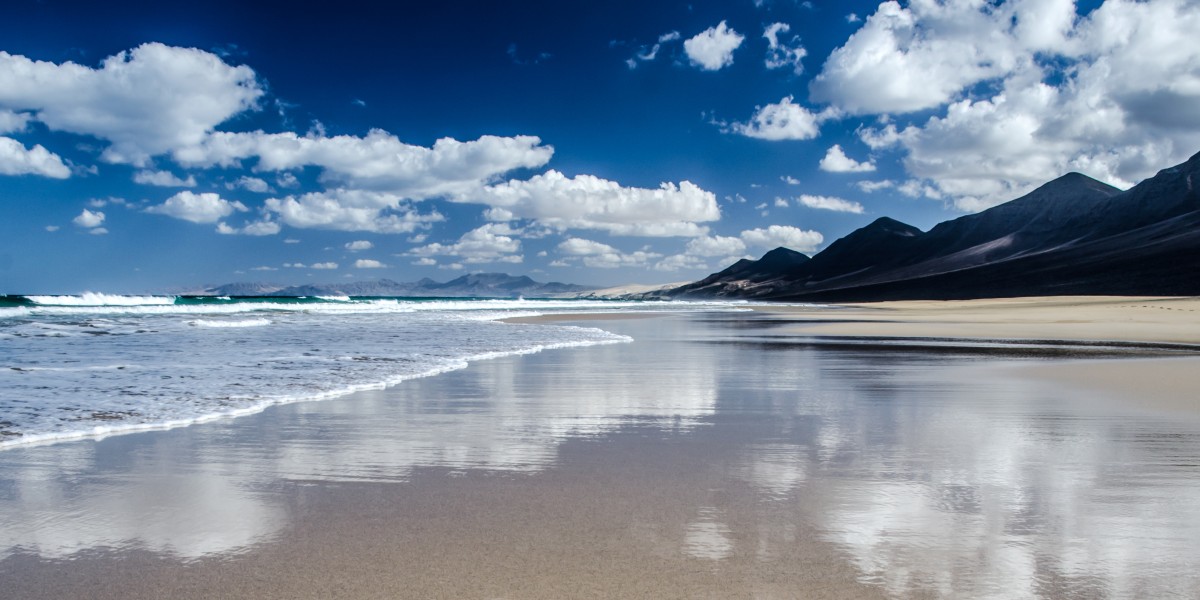
Morro Jable
Morro Jable is one of the most iconic towns on the Jandía peninsula, situated in the south of Fuerteventura. This picturesque coastal town has become a popular tourist destination, renowned for its stunning white sand beaches.
Beyond its scenic beauty, Morro Jable is also known for its rich marine life. Excursions for dolphin and whale watching depart regularly from the port. The town is also home to a variety of restaurants and shops that showcase the local culture and charm.
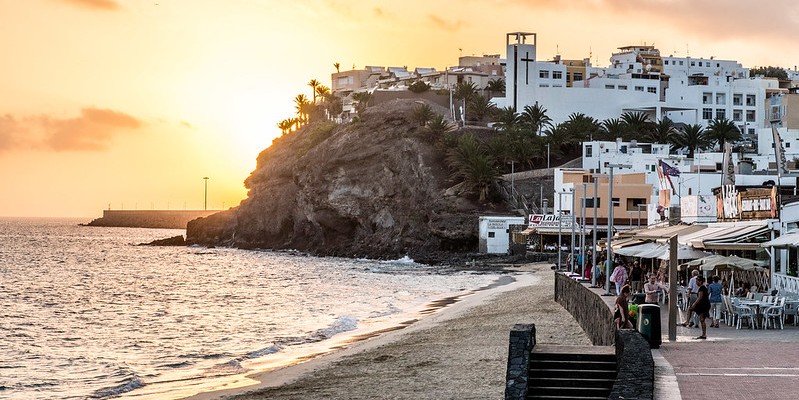
Jandía Nature Reserve fauna
Jandía Natural Park is a sanctuary for a remarkable diversity of fauna. Among its most notable inhabitants are the birds protected under the Special Protection Zone for Birds (ZEPA), including the Saharan racer and the "guirre", a subspecies of the Egyptian vulture.
The park’s biodiversity extends beyond birds; it also hosts reptiles such as the Atlantic lizard and the Majorera mullet. Additionally, the surrounding waters are teeming with marine life, offering habitats for sea turtles and various species of fish.
How to get to the Jandía Nature Reserve
The Jandía Nature Reserve, located at the southern tip of Fuerteventura, is an easy destination to reach. These are the available options:
- Car: The most straightforward way to reach the Jandía Nature Reserve is by renting a car at the airport. The drive takes approximately one and a half hours, following the FV-2 road heading south.
- Bus: Alternatively, you can use public transport. Buses connect Puerto del Rosario, the capital of Fuerteventura, with Morro Jable. From Morro Jable, you can then take a taxi or use a bicycle to explore the Jandía Nature Reserve.
- Excursions: For those who prefer a more guided experience, there are organised excursions that depart from different tourist spots on the island.
- Hiking: If you’re a hiking enthusiast, you can explore the park on foot by following the marked trails that start from Morro Jable.
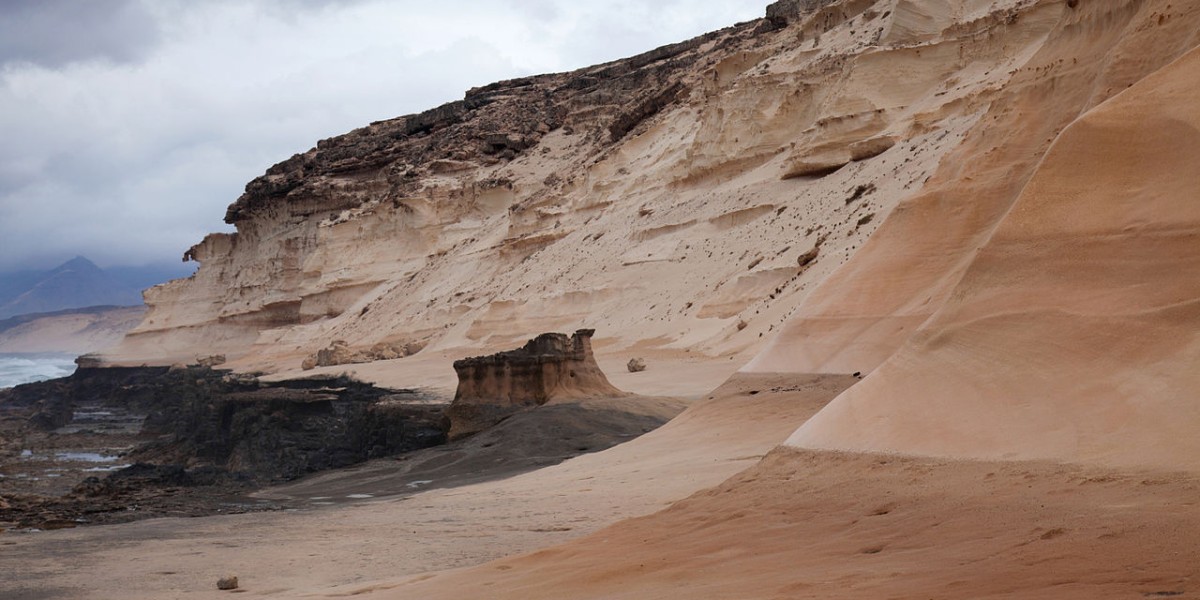
Jandía Nature Reserve fun facts
Jandía Nature Reserve is not only celebrated for its natural beauty but also for the intriguing curiosities that surround it.
- Volcanic Origin: The Jandía Peninsula was formed millions of years ago as a result of volcanic activity, which is why it features its distinctive mountainous terrain and unique geological formations.
- Pico de la Zarza: at 807 metres, it is the highest point in Fuerteventura and offers views of the park and the Atlantic Ocean.
- Cofete and its mysterious villa: Cofete Beach is famous for the enigmatic Villa Winter, a house surrounded by legends, including tales of Nazi spies during the Second World War.
- How long is Jandía beach? The beaches within the park are long stretches of sand extending approximately 70 kilometres. Sotavento is the longest of these, stretching an impressive 9 kilometres.
- What does Jandía mean? The park takes its name from the peninsula on which it is situated, which in turn is named after the Canton of Jandía, one of the indigenous regions present at the time of the Europeans' arrival in the 15th century.
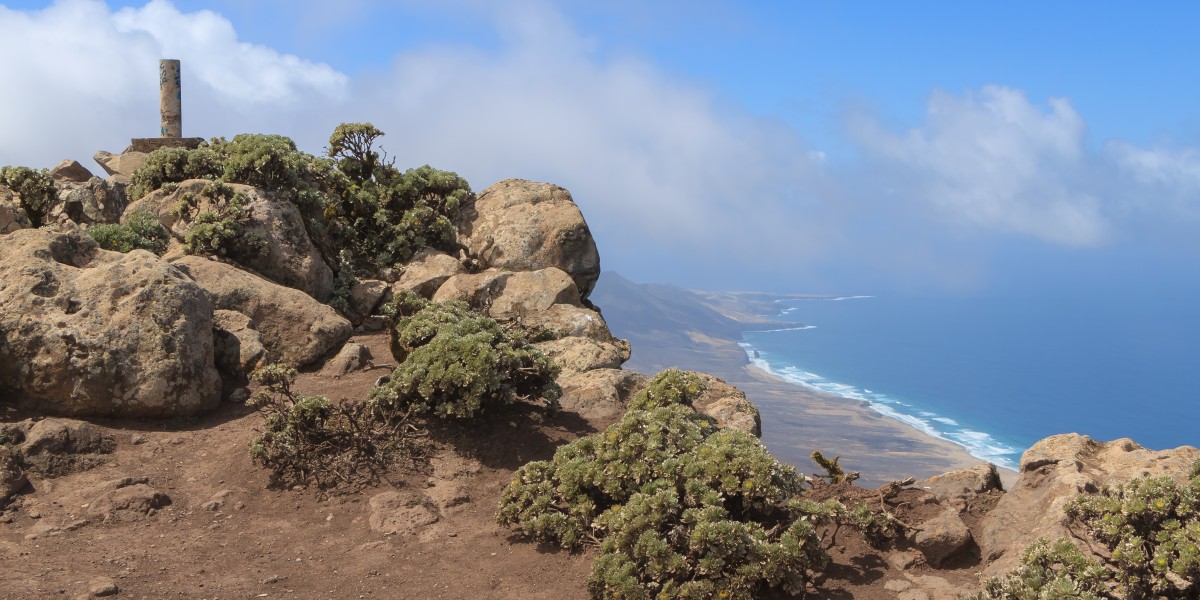
Living on Fuerteventura
Living on Fuerteventura offers a unique experience that combines the serenity of its landscapes with the rich culture of the Canary Islands. Known for its long beaches and year-long warm climate, the island provides a relaxed lifestyle in close harmony with nature.
Life on Fuerteventura extends beyond its natural beauty, thanks to a strong local community. Residents can enjoy a wide variety of outdoor activities and the island boasts modern infrastructure that ensures easy access to essential services.
- Properties for sale in Fuerteventura
- Rental properties in Fuerteventura
- Holiday homes in Fuerteventura
